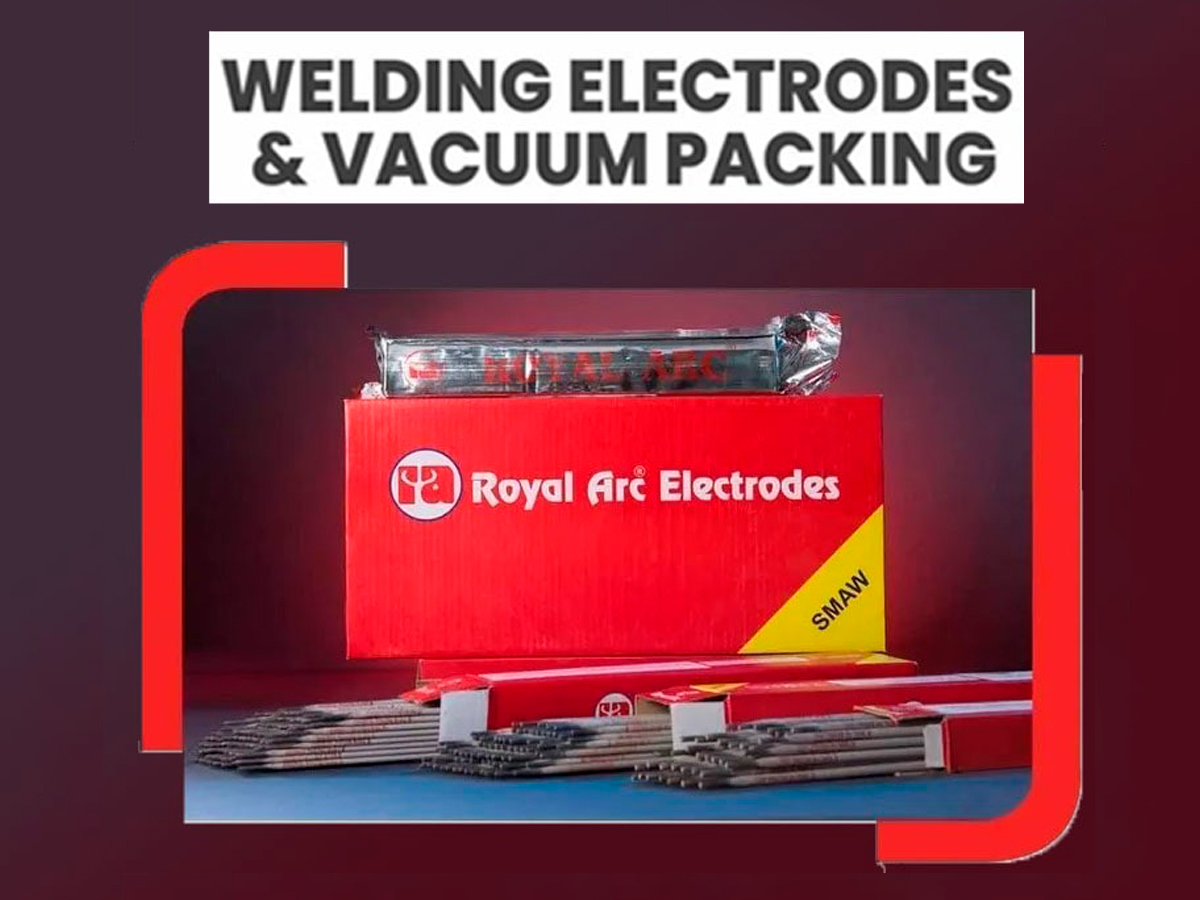
Welding Electrodes: Interesting Facts You Should Know
Welding electrodes are an essential part of the welding process. They provide the necessary heat to fuse metals, and various types are available on the market. This blog post will discuss 11 interesting facts about welding electrodes that you should know!
A brief on welding electrodes
The choice of welding machine depends on the application and welding. For example, portable welding machines are better suited for light-duty applications, while stationary welding machines are better suited for heavy-duty applications.
The three most common types of electrode materials are carbon steel, stainless steel, and aluminium.
Carbon steel is the most common type of electrode material. It is suitable for a wide range of applications and is relatively inexpensive.
Stainless steel electrodes are suitable for welding stainless steel and other high alloy steels.
In the same way, aluminum electrodes are suitable for welding aluminum and other non-ferrous metals.
The choice of electrode material depends on the application and the type of welding metal. For example, carbon steel electrodes are unsuitable for welding aluminium because they cause corrosion.
Tig welding is a gas tungsten arc welding process that uses a non-consumable tungsten electrode. This type of welding is suitable for thin metals and produces high-quality welds.
Mig welding is a metal inert gas welding process that uses a consumable wire electrode. This type of welding is suitable for a wide range of applications and applicable on thicker metals.
Arc welding is an electric arc welding process that uses a consumable electrode. This type of welding is suitable for many applications but produces lower-quality welds than Tig or Mig Welding.
Types of welding electrodes
The three most common types of electrode coatings are bare, metal-cored, and flux-cored.
Bare electrodes have no coating and are the cheapest type of electrode. However, they also have the shortest lifespan and are not as versatile as other electrode types.
Metal-cored electrodes have a metallic coating that helps to improve arc stability and increase weld penetration. These electrodes are more expensive than bare electrodes but offer greater versatility and a longer lifespan.
Flux-cored electrodes have an outer flux coating that protects the weld area from contamination. These electrodes are more expensive than bare and metal-cored electrodes but offer the best arc stability and weld penetration.
Welding electrodes come in a variety of different sizes and shapes. The most common type is the round or "stick" electrode. Stick electrodes are available in various diameters, from small (less than ¼ inch) to large (up to ½ inch).
Interesting facts on welding electrode
There are also flat or "strip" electrodes. Strip electrodes are available in widths ranging from ¼ inch to ½ inch.
The length of welding electrodes varies depending on the type and size of the electrode. For example, stick electrodes typically range from 12 to 36 inches long, while strip electrodes can be up to 72 inches long.
The majority of welding electrodes comes from carbon steel. However, you can use other materials such as stainless steel, aluminium, and titanium.
The type of welding electrode you use will depend on the materials you are welding and the type of welding machine you are using. For example, some electrodes specifically suitable for MIG (inert metal gas) welders, while others are suitable for TIG (inert tungsten gas) welders.
Cleaning welding electrodes becomes essential to function properly. Before using an electrode, ensure to clean with a wire brush or sandpaper to remove any dirt or debris. Once clean, the electrode should be dipped in water to prevent it from drying.
If an electrode becomes wet, remove from the welding machine and allow it to dry before continuing.
Welding electrodes are available in various grades, depending on the intended use. For example, some electrodes are designed for general-purpose welding, while others are better suited for specific applications such as stainless steel or aluminium welding.
Iron oxide (FeO) or manganese dioxide (MnO ) is the most common welding electrode coating. These coatings help protect the electrode from oxidation and improve its arc stability. Other types of coatings include zinc (Zn ), silicon bronze (SiBr ), and chromium oxide (CrO ).
It is recommended to store welding electrodes in a cool, dry place. Exposure to moisture may damage and affect the functioning.
How often does it requires replacement?
Welding electrodes require regular replacement to ensure optimal performance. The replacement frequency will depend on the type of electrode and the amount of use it sees. For example, general-purpose electrodes typically need to be replaced every few years. months, while more specialised electrodes may only need replacement once or twice a year.
